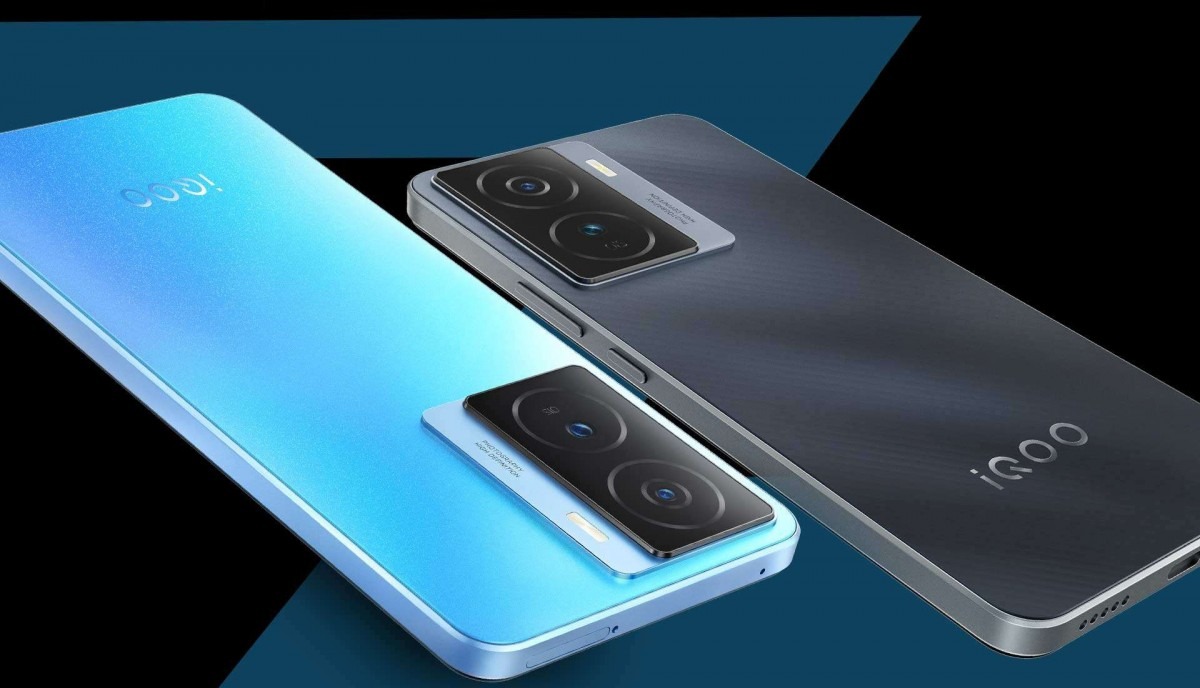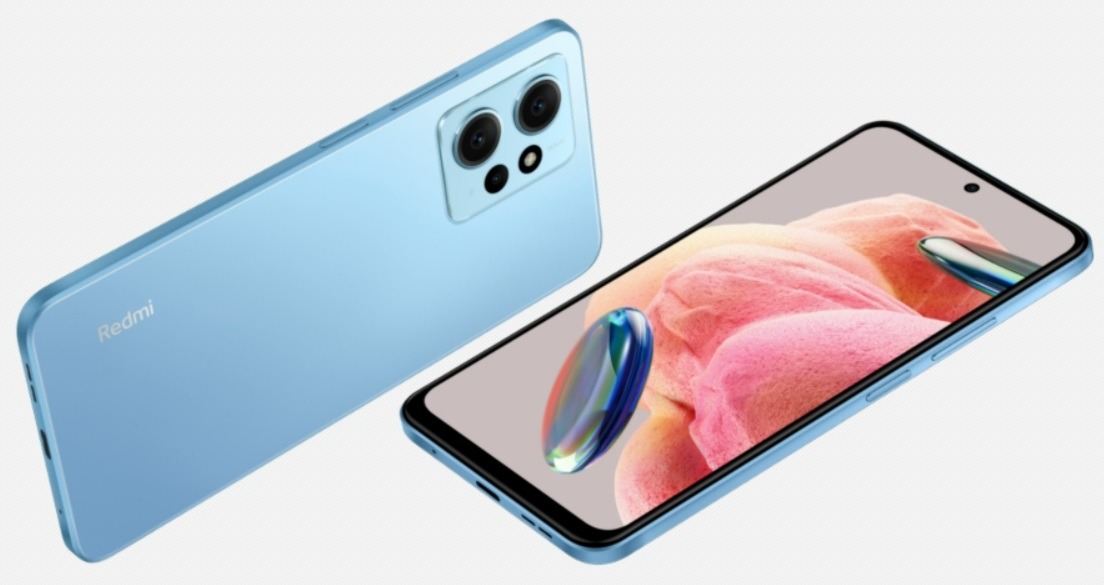In today’s digital age, smartphones have become an essential part of our lives, and one of the most important features of a smartphone is its display. One of the most popular display technologies used in smartphones is AMOLED. But what does AMOLED display mean, and how does it differ from other display technologies? In this comprehensive guide, we will explore everything you need to know about AMOLED display technology.
Introduction: What Does AMOLED Display Mean?
AMOLED is a display technology that stands for Active Matrix Organic Light Emitting Diode. It is a type of display that is commonly used in smartphones, TVs, and other electronic devices. AMOLED displays have become increasingly popular due to their bright colors, high contrast, and power efficiency.
What does AMOLED stand for?
AMOLED stands for Active Matrix Organic Light Emitting Diode. It is a type of display that uses organic materials to emit light. The “Active Matrix” part of the name refers to the use of a thin-film transistor (TFT) to control the pixels on the display.
How does AMOLED Display work?

AMOLED displays use organic materials to create light. When an electrical current is applied to these materials, they emit light. Each pixel on the display is made up of red, green, and blue sub-pixels that combine to create a full-color image. The pixels are controlled by a thin-film transistor (TFT) that turns them on and off.
Types of AMOLED Display
There are two types of AMOLED displays: Passive Matrix AMOLED and Active Matrix AMOLED.
Passive Matrix AMOLED
Passive Matrix AMOLED displays use a grid of vertical and horizontal wires to control the pixels on the display. While these displays are less expensive to manufacture, they are not as efficient or as fast as Active Matrix AMOLED displays.
Active Matrix AMOLED
Active Matrix AMOLED displays use a thin-film transistor (TFT) to control each pixel on the display. This results in a faster, more efficient display with better color accuracy.
Advantages of AMOLED Display
There are several advantages of using an AMOLED display over other display technologies.
Better Contrast and Black Levels
AMOLED displays are known for their deep blacks and high contrast. This is because each pixel on the display can be turned on and off independently, resulting in a more accurate representation of black.
Power Efficiency
AMOLED displays are also more power-efficient than other types of displays. This is because each pixel on the display emits its own light, so there is no need for a backlight. This results in better battery life, which is a crucial factor for mobile devices.
Wider Viewing Angles
AMOLED displays have wider viewing angles than other types of displays, which means that the image quality is not affected when viewed from different angles. This is especially useful for larger displays such as TVs.
Thin and Lightweight
AMOLED displays are thinner and lighter than other types of displays. This is because they do not require a backlight, which can add thickness and weight to a display.
Disadvantages of AMOLED Display
While AMOLED displays offer several advantages, there are also some disadvantages to consider.
Burn-in
One of the biggest issues with AMOLED displays is burn-in. Burn-in occurs when a static image is displayed for a long time, causing a permanent ghost image to remain on the screen. This can be a problem for users who frequently display static images on their screens, such as gamers or those who use their devices for navigation.
Cost
AMOLED displays are more expensive to manufacture than other types of displays. This can make devices that use AMOLED displays more expensive than devices with other types of displays.
Lifespan
The lifespan of an AMOLED display is shorter than that of other types of displays. This is because the organic materials used in AMOLED displays degrade over time. This can result in color shifting or a decrease in brightness over time.
See also: Samsung A53 Phone Review
AMOLED Display vs LCD Display
AMOLED displays are often compared to LCD displays, which are another common type of display technology. The main difference between the two is that AMOLED displays use organic materials to emit light, while LCD displays use a backlight to illuminate the display.
One advantage of LCD displays is that they are less prone to burn-in than AMOLED displays. They are also less expensive to manufacture than AMOLED displays.
However, AMOLED displays offer better contrast and black levels, wider viewing angles, and are more power-efficient than LCD displays.
AMOLED Display vs OLED Display
AMOLED displays are often confused with OLED displays, as they both use organic materials to emit light. The main difference between the two is that AMOLED displays use a thin-film transistor (TFT) to control the pixels, while OLED displays do not.
OLED displays offer similar advantages to AMOLED displays, including better contrast and black levels, wider viewing angles, and power efficiency. However, OLED displays are generally more expensive to manufacture than AMOLED displays.
Future of AMOLED Display Technology
AMOLED display technology is constantly evolving, with new advancements being made to improve the technology. One of the most exciting advancements is the development of foldable AMOLED displays, which could revolutionize the smartphone industry.
What Does AMOLED Display Mean?
AMOLED displays are a popular display technology that offer several advantages over other types of displays. They are known for their high contrast, power efficiency, and wide viewing angles. However, they also have some disadvantages, such as burn-in and a shorter lifespan. As technology continues to evolve, we can expect to see further advancements in AMOLED display technology.
See also: Tecno Phantom V Fold Review
FAQs
1. Is AMOLED better than LCD?
It depends on your needs and preferences. AMOLED displays offer better contrast, black levels, and power efficiency, while LCD displays are generally less prone to burn-in and less expensive to manufacture. It ultimately comes down to which features are most important to you.
2. Can AMOLED displays cause eye strain?
Like all types of displays, extended use of AMOLED displays can cause eye strain. However, some users may find that the reduced blue light emission of AMOLED displays is easier on their eyes than other types of displays.
3. How long do AMOLED displays last?
The lifespan of an AMOLED display varies depending on usage and the specific model of the display. However, it is generally shorter than the lifespan of LCD displays due to the organic materials used in AMOLED displays.
4. Are AMOLED displays more expensive than LCD displays?
Yes, AMOLED displays are generally more expensive to manufacture than LCD displays. This can result in devices that use AMOLED displays being more expensive than devices with LCD displays.
5. What is the difference between AMOLED and OLED displays?
The main difference between AMOLED and OLED displays is that AMOLED displays use a thin-film transistor (TFT) to control the pixels, while OLED displays do not. OLED displays can be more expensive to manufacture than AMOLED displays, but offer similar advantages such as high contrast and wide viewing angles.










Add Comment